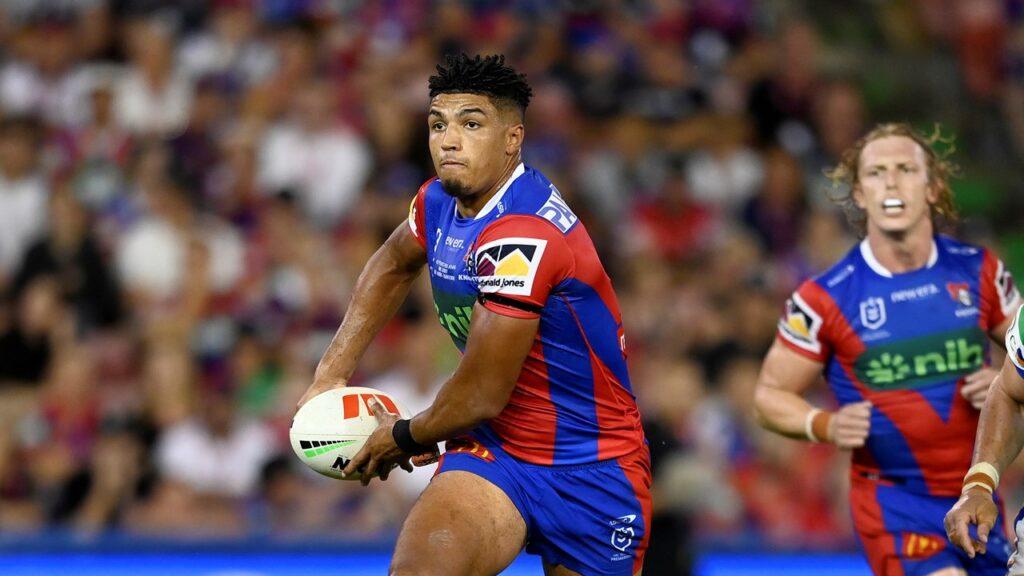
Quantium stat analysis: Rd 3, true player ownership data
Quantium CEO Adam Driussi provides invaluable breakdowns to allow you to differ your side from those atop the rankings.
01/04/2022Discussion (3)
Related /

NRL
Quantium Data Analysis: 2024 True Player Ownership Stats, RD 10
16/05/2024

NRL
Quantium Data Analysis: 2024 True Player Ownership Stats, Rd 9
09/05/2024

NRL
Quantium Data Analysis: 2024 True Player Ownership Stats, Rd 8
01/05/2024

NRL
Quantium Data Analysis: 2024 True Player Ownership Stats, Rd 6
17/04/2024

